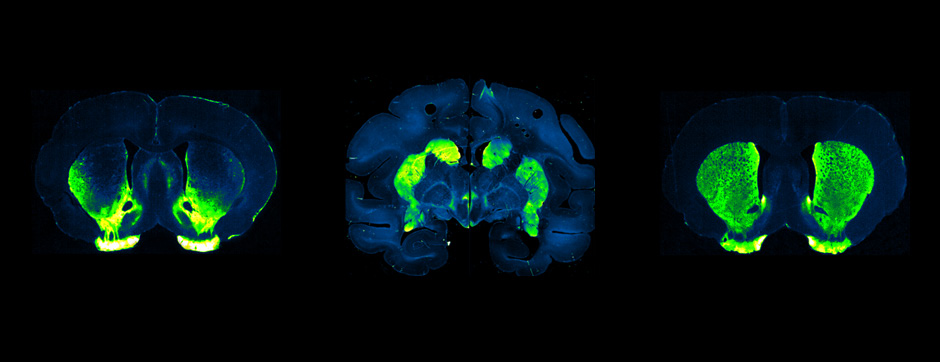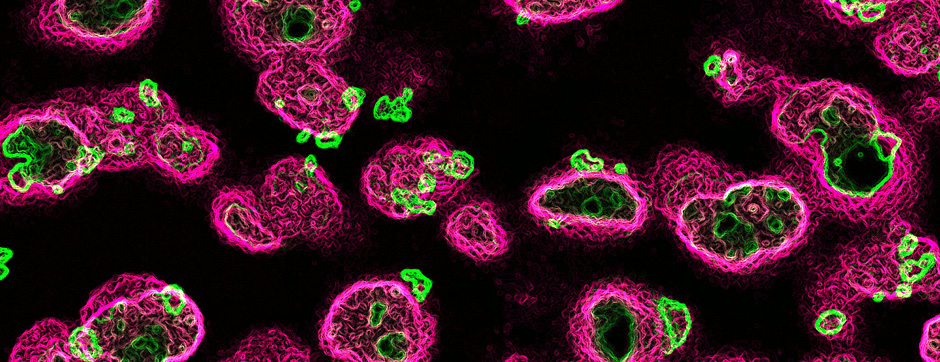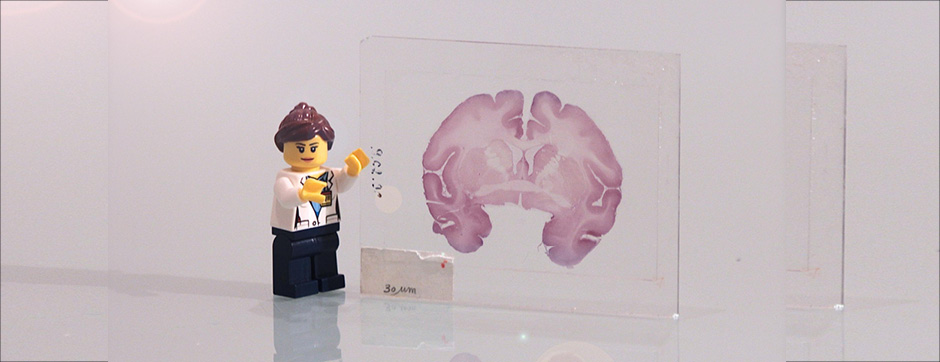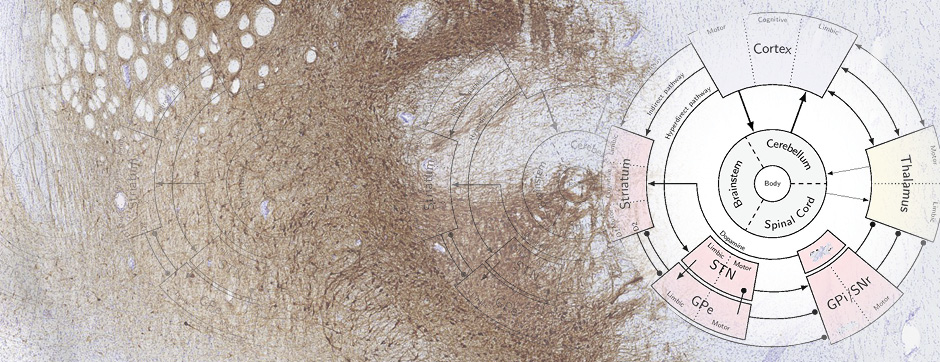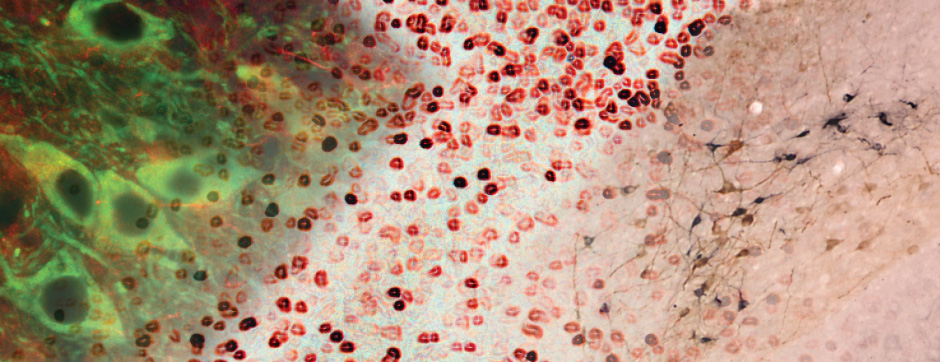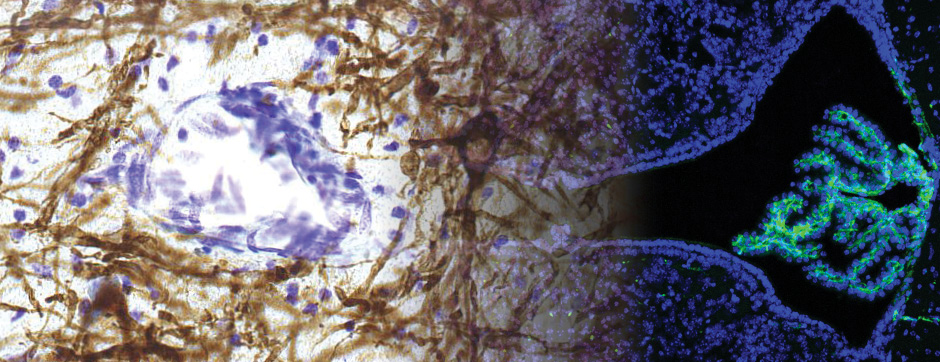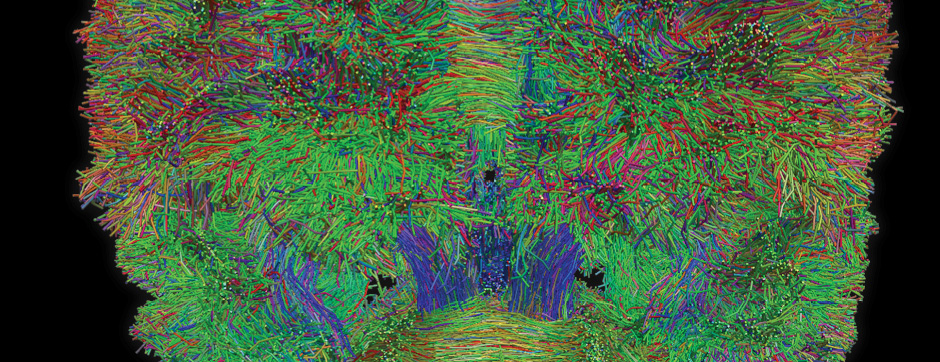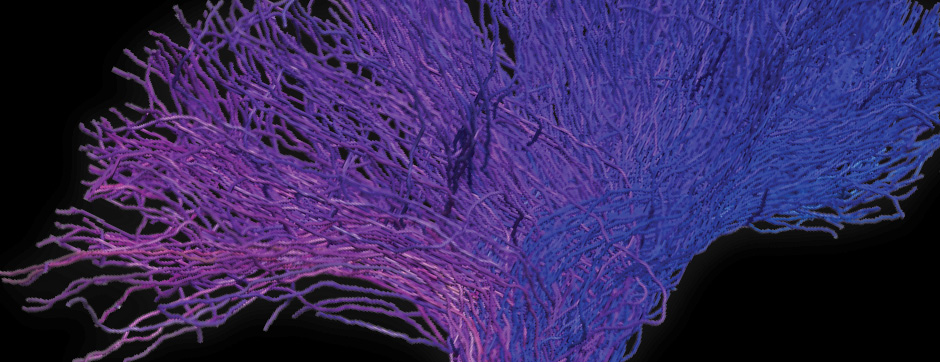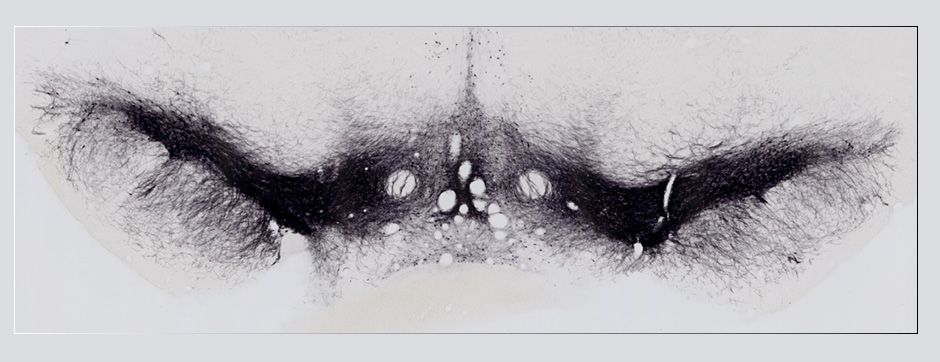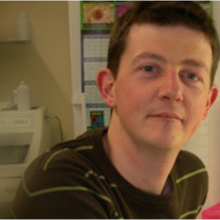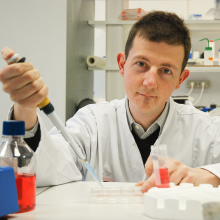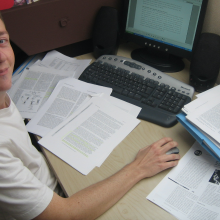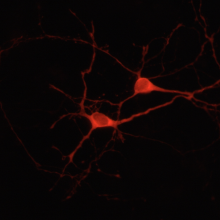HDR Defense Committee
« Modelling multi-factorial neurodegeneration in synucleinopathies: mechanistic and therapeutic implications »
Defense on January 12 at 2:00 pm in the conference room of the new Neurocampus building.
HDR Defense Committee
Erwan BEZARD, Directeur de recherche INSERM, Bordeaux (President),
David DEVOS, Professeur à l’Université de Lille (Reporter),
Cyril GOIZET, Professeur à l’Université de Bordeaux (Reporter),
Philippe HANTRAYE, Directeur de recherche CNRS, Fontenay-aux-Roses (Reporter),
Frédéric SAUDOU, Professeur à l’Université Grenoble Alpes (Examinator)
Scientific course
“After completing my university studies in cell biology, biochemistry and neuroscience in the University of Paris XI-Orsay, I joined the laboratory CEA-CNRS URA 2210 of Dr. Philippe Hantraye for my Master training under the supervision of Dr. Emmanuel Brouillet and Dr. Kenneth Moya in 2002. My research project concerned the physiopathology of Huntington’s disease (HD). In 2003, I continued my Ph.D. in the laboratory of Pr. Michel Morange under the supervision of Dr. Anne Bertolotti to investigate how polyglutamine aggregation is modulated. To complete my formation with a more in-depth study of molecular mechanisms of neuronal cell death and expand my skills to in vivo approaches, I joined the laboratory of Dr. Miquel Vila at the Vall d’Hebron Research Institute (Barcelona, Spain) in February 2007 as a post-doctoral investigator to the study of the molecular mechanisms of neuronal cell death in Parkinson’s disease (PD) in vitro and in vivo to identify new molecular targets for potential therapeutic.
Thanks to these three years of post-doctoral training, I returned to France to the Institute of Neurodegenerative Diseases led by Dr. Erwan Bézard in January 2010 to develop a multifactorial and translational approach on the modeling of Parkinson’s disease. The work I initiated corresponds to a new line of research started ex nihilo in 2010. During this second post-doctoral training, I was recruited as an INSERM Research Associate in October 2013. Since my recruitment, my Research activity is a continuation of my previous works and is based on three complementary strategic axes: modeling, mechanistic and therapeutic. These strategic axes include: 1) the role of lysosomal dysfunction in Parkinson’s disease associated with therapeutic development; 2) the study of the mechanisms responsible for α-synuclein aggregation and propagation; 3) the multifactorial modeling of Parkinson’s disease through the use of viral vectors. Each independently will contribute to a better understanding of the physiopathological mechanisms in relation to aging and neurodegenerative diseases.”
Benjamin DEHAY
INSERM Research Associate – PhD, University of Bordeaux, Institute of neurodegenerative Diseases – IMN, CNRS UMR 5293
Team 1: Pathophysiology of parkinsonian syndromes


